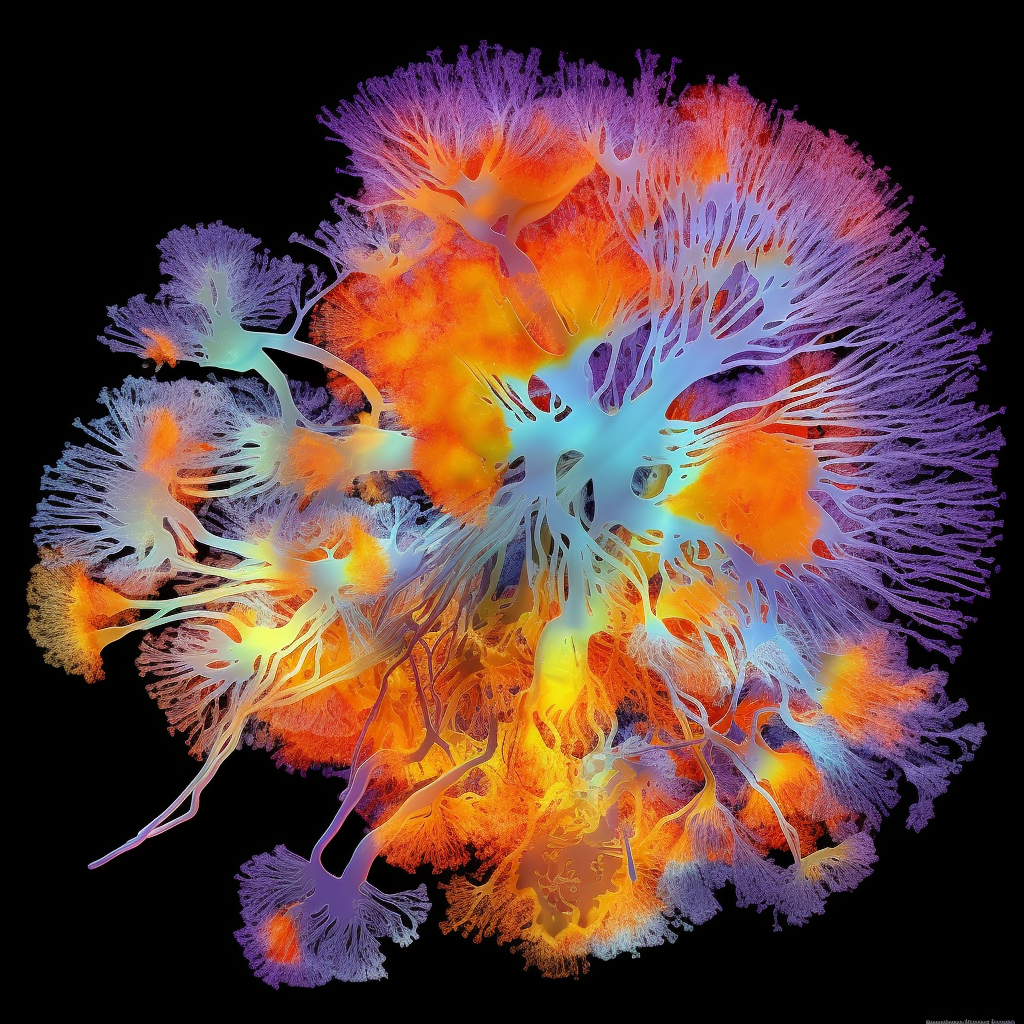Delve into the dream-like states of non-human animals, exploring scientific evidence, evolutionary functions, and cognitive implications. Gain a deeper understanding of animal behavior and cognition through the lens of dreaming.
Dreams in Non-Human Species: Exploring Dream-like States and Evolutionary Functions
Dreams have long fascinated human beings, prompting us to question whether other species experience similar phenomena. This article delves into the scientific evidence and theories surrounding dream-like states in non-human animals, spanning mammals, birds, and even insects. By examining the potential evolutionary functions and implications of dreaming across different animal species, we can gain valuable insights into their cognitive and emotional lives.
Exploring Dream-like States in Non-Human Animals
1. Mammals: A Window into Complex Dreaming
Recent studies utilizing advanced neuroimaging techniques have revealed striking similarities between human and mammalian dreaming. We discuss the evidence supporting the presence of REM (rapid eye movement) sleep, which is strongly associated with vivid dreaming, in mammals such as dogs, cats, and primates. Furthermore, we explore the potential connections between dreams and memory consolidation, emotional processing, and problem-solving abilities in these animals.
2. Birds: Unraveling Avian Sleep Patterns
While avian sleep patterns differ from those of mammals, emerging research suggests the possibility of dream-like states in birds. We investigate the presence of REM sleep and the intriguing phenomenon of unihemispheric sleep, where only one hemisphere of the brain sleeps at a time. By unraveling the complexities of avian sleep, we shed light on the potential functions and experiences of dreaming in this diverse group of creatures.
3. Insects: Insight into Miniature Dreamscapes
Though significantly different from mammals and birds, insects exhibit sleep-like behavior that hints at the presence of dream-like states. We explore the intricate mechanisms of insect sleep and investigate the role of dreaming in their cognitive abilities, such as navigation, memory formation, and learning. Understanding dreaming in insects expands our understanding of the evolutionary significance of dreams across the animal kingdom.
Evolutionary Functions and Implications of Dreaming
Dreaming likely serves various evolutionary purposes in non-human species. We discuss potential functions such as memory consolidation, emotional regulation, simulation of threatening situations, and the processing of social interactions. By examining the adaptive significance of dreams in different animals, we gain valuable insights into the fundamental mechanisms of sleep and dreaming, enhancing our understanding of animal behavior and cognition.
Conclusion
By broadening our exploration of dream-like states to include non-human species, we uncover fascinating similarities and differences in the experience of dreams across the animal kingdom. The presence of dreaming in mammals, birds, and insects offers a profound glimpse into the cognitive and emotional lives of these creatures. Understanding the evolutionary functions and implications of dreaming in different species enriches our understanding of the natural world and deepens our appreciation for the complexity of animal minds.






